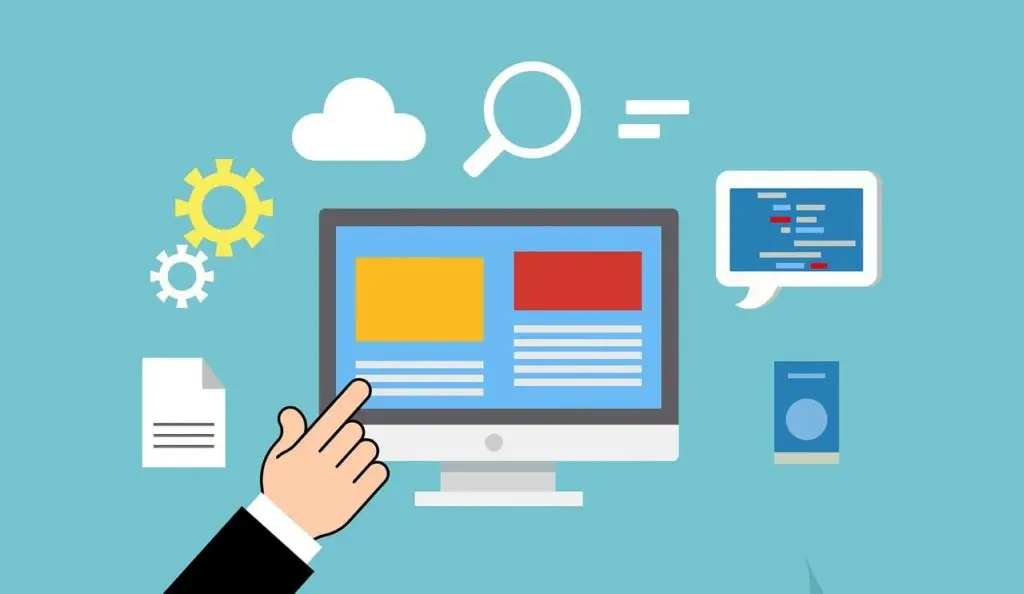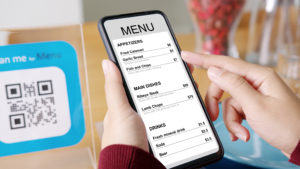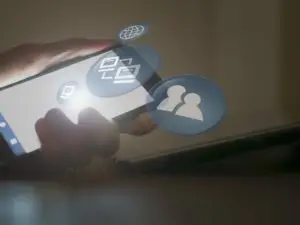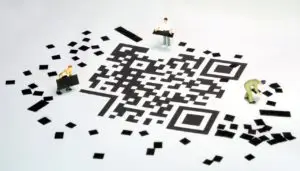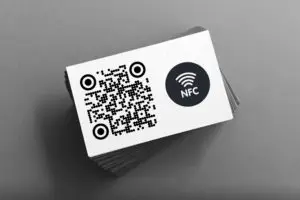In the digital age, quick and convenient access to information is essential. And this is where QR codes come into the picture. QR codes, short for Quick Response codes, are two-dimensional barcodes that can be scanned using a smartphone or tablet. They have revolutionized the way we interact with the physical world by bridging the gap between offline and online experiences. One of the most common uses of QR codes is for web links, allowing users to easily navigate to specific web pages with a simple scan.
How do QR codes work for web links?
QR codes work by encoding specific data within a matrix of black and white squares. When a QR code is scanned, the data is read by a QR code reader app, which then interprets the encoded information. For web links, the QR code typically contains the URL of a specific webpage.
To scan a QR code, users need a smartphone or tablet with a built-in camera and a QR code reader app. Many smartphones now come with native QR code scanning capabilities, but users can also download various QR code reader apps from app stores. Once the QR code is scanned, the user is redirected to the web page encoded in the QR code.
Benefits of using QR codes for web links
- Convenience: Traditional methods like typing long URLs or searching for web pages can be time-consuming and prone to errors. QR codes eliminate the need for manual entry, providing users with a quick and seamless way to access web content.
- Versatility: QR codes can be placed on a variety of physical mediums like business cards, posters, flyers, and product packaging. This versatility makes it easy for businesses and individuals to promote their web presence and direct users to relevant online resources.
- Trackability: QR codes can be generated with analytics tools that enable businesses to track scans and gather valuable insights. By collecting data on when and where users are scanning QR codes, businesses can refine their marketing strategies and tailor their web content to better meet customer needs.
- Enhanced user experience: By using QR codes, businesses can enrich their customers’ experiences in various ways. For example, a QR code on a restaurant menu can link to an online ordering system, or a QR code on a product packaging can direct users to relevant product information or customer reviews.
Best practices for creating QR codes for web links
- Choose a reliable QR code generator: There are numerous online QR code generators available, but it’s important to choose a reliable one that provides high-quality QR codes. Make sure to verify the generator’s reputation and check if it offers customization options like adding branding elements or changing color schemes.
- Optimize for scanning: Ensure that the QR code is large enough to be scanned easily. Avoid placing QR codes on surfaces that are difficult to access or where scanning might be hindered by glare or reflections. Additionally, test the QR code on multiple devices and QR code reader apps to ensure compatibility.
- Provide context: When using QR codes in marketing materials or physical spaces, include clear instructions or a call-to-action that explains what users can expect after scanning the QR code. This helps users understand the purpose of the QR code and encourages them to engage with it.
- Test and monitor: Regularly monitor the performance of your QR codes to identify any issues or areas for improvement. Track scan rates, location data, and other relevant metrics to assess the effectiveness of your QR code campaigns.
In conclusion, QR codes offer a powerful and convenient way to link physical objects to the digital world. By leveraging QR codes for web links, businesses can enhance user experiences, drive online traffic, and gather valuable data. Incorporating QR codes into marketing materials, product packaging, or even personal communications can revolutionize the way we interact with online content. So, go ahead and unlock the potential of QR codes for web links; the possibilities are endless!

